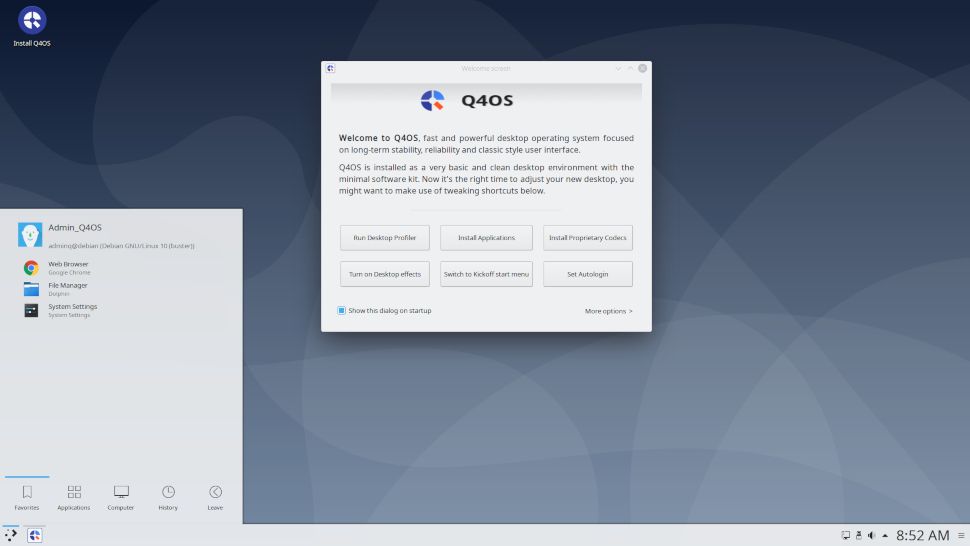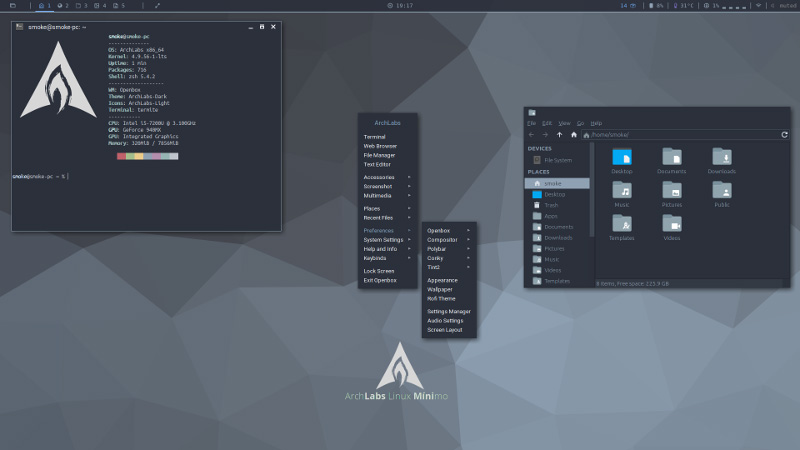
Ubuntu MATE is the newest contender in the list of lightweight distros after Martin Wimpress founded the project along with Canonical employee and Ubuntu developer Alan Pope.
#LIGHTWEIGHT LINUX DISTRO DRIVERS#
Because Trisquel Mini is based on Ubuntu, it won’t be hard to find non-free drivers for your hardware. Similar to its parent project, Trisquel Mini aims to offer only open source applications and comes without any non-free drivers, which may make it harder to run on hardware with proprietary chips for things like wireless. It comes with a decent set of applications including AbiWord, MPlayer, and Midori web browser. The distro uses LXDE as the default desktop environment to keep it light. It’s a sub-project of the Trisquel distribution and is aimed at low-powered PCs. Trisquel Mini is another lightweight distribution that is based on Ubuntu Linux. The latest version, Puppy 6, is based on Ubuntu 14.04 LTS, and as a result offers a longer shelf life. Over time, Puppy has changed base from one distro to another. Puppy also comes with a decent set of lightweight applications such as AbiWord, MyPlayer, etc., so users can get started as soon as it’s booted.

If you are using a USB, which I recommend, Puppy uses a better write-cache system to extend the limited life of USB drive. So, once you have installed a program, it will remain on the DVD.

#LIGHTWEIGHT LINUX DISTRO INSTALL#
Additionally, if you want to run Puppy Linux from DVD, it can use the DVD as the storage device and, as you install programs or update the system, it will persistently write to the drive. Puppy can boot directly from the RAM and takes very little space, if you choose to install it. It has also been around for more than a dozen years. Puppy Linux is undoubtedly one of the lightest distros out there. Although everything sounds good for Arch on the flip side, Arch could be harder to install I have written a guide to assist users in getting started with Arch Linux.

However, to keep your system optimized, remove what you don’t use and keep only what’s going to run on your system. You can easily install multiple DEs on Arch to see which one works the best on your hardware.

Some of the lightweight DEs suitable for Arch include i3, MATE, LXDE (LxQt), OpenBox, etc. There are many lightweight DEs available for Arch Linux in fact, I would be surprised if a particular DE was not available for Arch. Frankly, the question boils down to the desktop environment (DE) running on a system and how bloated the distro is itself.īecause Arch itself is bare minimum distro, there won’t be any bloat that comes with some distributions. Those looking for lightweight distros may be better off with Arch Linux with a lightweight DE installed on it. You can also see our 2017 guide to lightweight Linux distros. Other “lightweight”’ distros have been omitted as the focus here is on easy-to-install distros that which can be used as full-blown systems. Here are some handpicked Linux distros, suitable for any of the three use cases mentioned above. Basically, there are three points that make lightweight distros important: 1) They can revive old hardware, bringing new life into it 2) They can power modern, but low-power systems such as Raspberry Pi and 3) They can run on the most powerful modern hardware, reserving resources for users instead of consuming them themselves. You might wonder why you should care about lightweight Linux distributions in the era of multicore processors and inexpensive RAM.


 0 kommentar(er)
0 kommentar(er)
